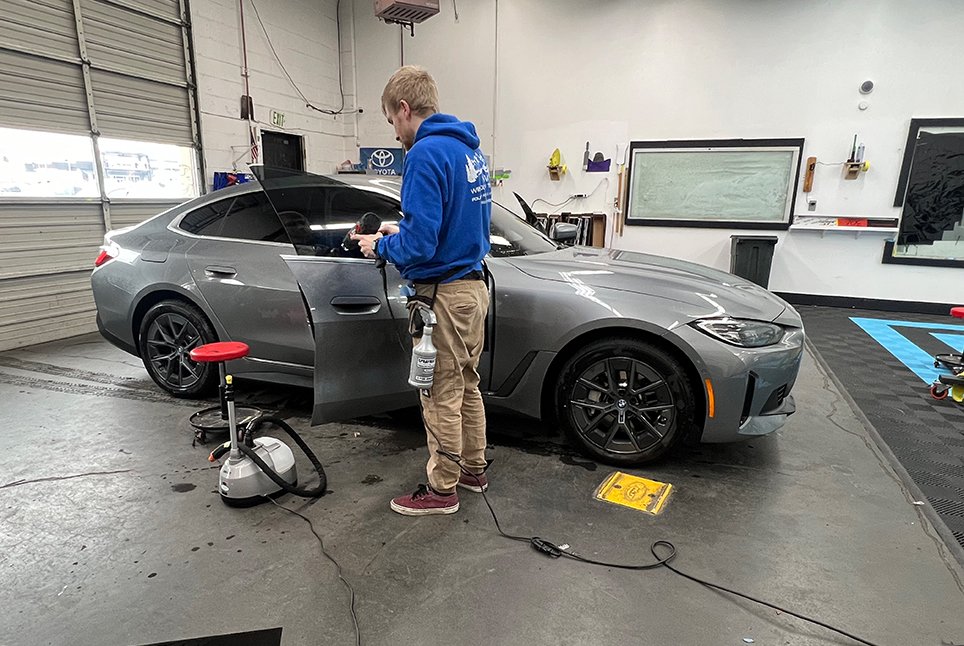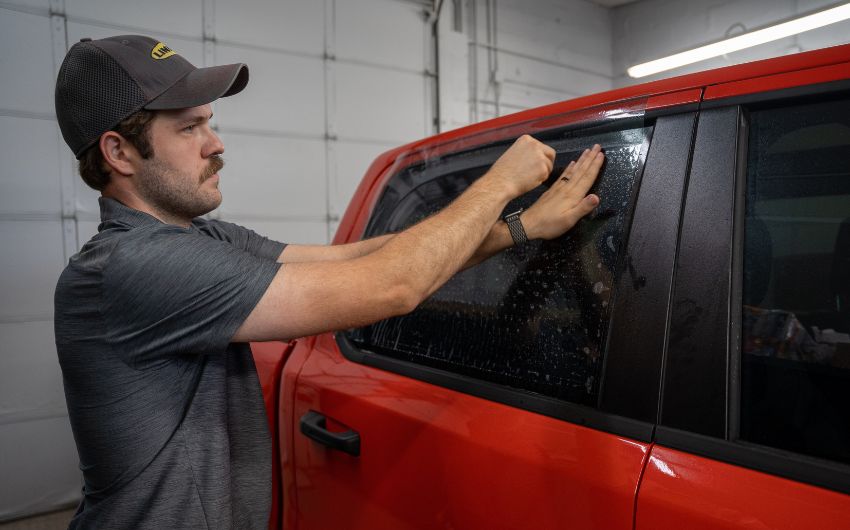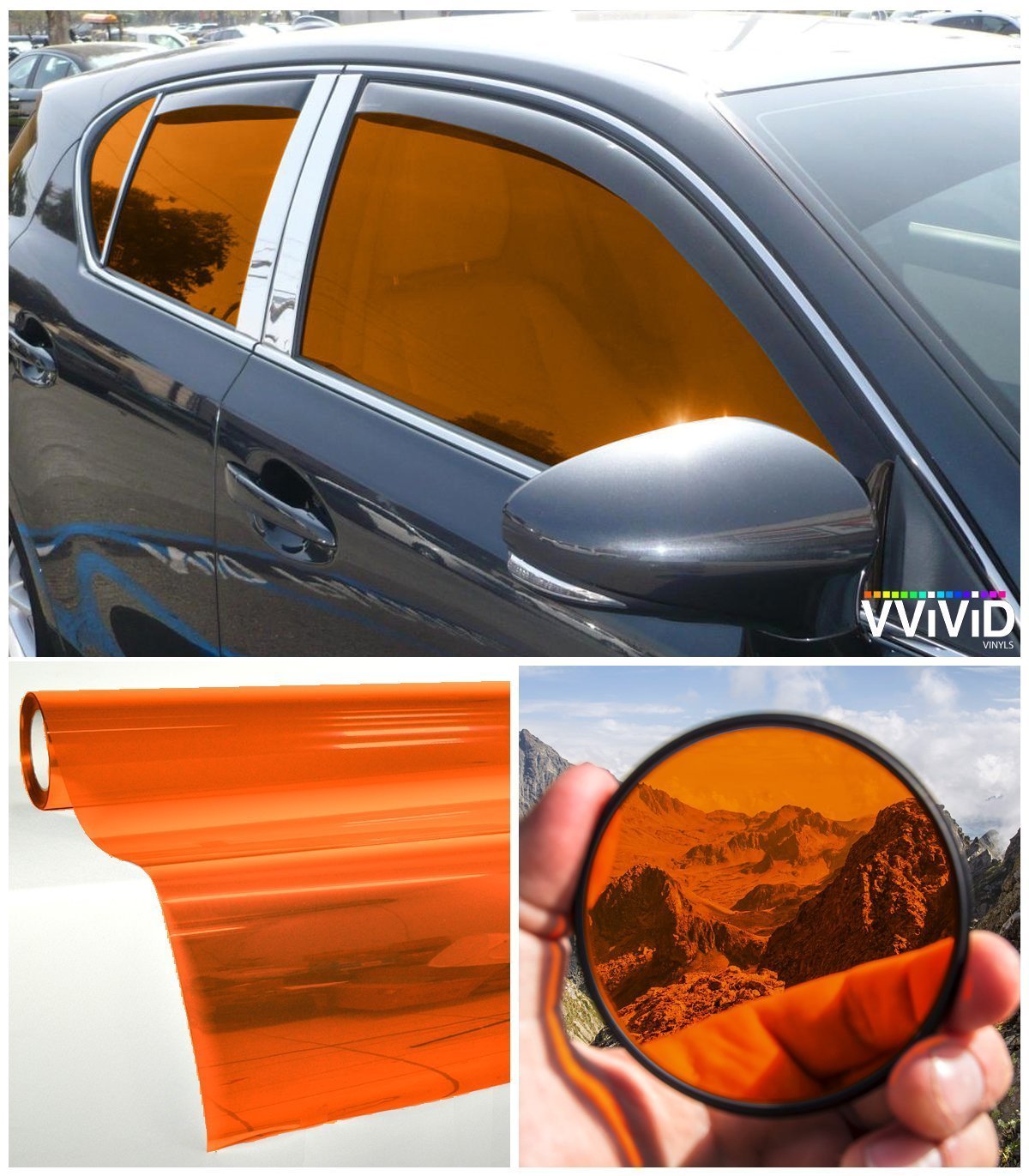Automobile Window Tinting: A Guide to Choosing the Perfect Color
Automobile Window Tinting: A Guide to Choosing the Perfect Color
Blog Article
Home Window Tinting Regulations and Standards: What You Required to Know Prior To Tinting Your Cars And Truck
Prior to continuing with window tinting for your vehicle, it is essential to acquaint yourself with the diverse legislations and standards that regulate this practice throughout different states. These laws dictate the permissible degrees of color darkness, usually measured by visible light transmission (VLT) percentages, and consist of certain stipulations for front windscreens aimed at making certain road safety.
Overview of Home Window Tinting Rules
Home window tinting regulations are frequently subject to variant across different territories, mirroring regional guidelines and safety and security factors to consider. These laws determine the permitted levels of tint darkness and reflectiveness on car windows, ensuring that vehicle drivers maintain adequate visibility while also securing versus harmful UV rays and warmth.
Most guidelines categorize window tinting based on the Visible Light Transmission (VLT) portion, which shows the amount of light that can travel through the window. Generally, reduced VLT percents symbolize darker tints. Regulations frequently separate in between the front, side, and back home windows, with stricter constraints related to the front windshield to boost security for both the driver and other road customers.
Furthermore, some jurisdictions impose limitations on the reflectivity of the color, avoiding excessive glare that might harm exposure. Exceptions to these laws might exist for people with particular clinical problems calling for extra sun security. Conformity with home window tinting regulations is critical, as violations can lead to fines, mandatory removal of the tint, and potential rises in insurance policy costs. As a result, it is vital for automobile owners to familiarize themselves with neighborhood laws before waging home window tinting installments.
State-by-State Color Regulations
Recognizing the certain window tinting policies in each state is essential for lorry owners looking for to follow the regulation. Each state in the united state has actually established its very own collection of policies regulating home window tinting, which can differ considerably. These regulations frequently determine the permitted degrees of tint darkness, the sorts of home windows that can be tinted, and any type of medical exceptions that may use.
For example, states like California have strict restrictions on tint darkness for front windows, while others, such as New Mexico, may permit darker tints. Furthermore, certain states mandate certain presence portions for different home windows, consisting of the windscreen, front side windows, and rear windows. It is essential for car owners to familiarize themselves with their state's laws to avoid possible fines or penalties.
Furthermore, some states may require an accreditation sticker label to be put on tinted windows, showing compliance with state legislations. Failing to comply with these laws not just risks legal repercussions but can also affect safety and security and visibility while driving. Therefore, automobile owners ought to conduct complete research study or speak with regional authorities to guarantee full understanding and compliance with state-by-state color laws.
Allowed Color Kinds and degrees
Lots of lorry owners might be shocked to learn that allowed color levels and kinds vary widely throughout various states. Each state has developed its own guidelines pertaining to the permissible darkness and reflectivity of window color, commonly determined by Visible Light Transmission (VLT) percents. VLT describes the amount of light that can go through the tinted windows; thus, a lower percent indicates a darker tint.

Furthermore, the kinds of tint have a peek at these guys materials allowed can vary, with some states forbiding metal or mirror-like finishes. It is important for automobile owners to familiarize themselves with their state's specific regulations to make sure compliance. Non-compliance can cause fines, mandatory elimination of the tint, or various other legal repercussions, making it necessary to comprehend these policies prior to waging installation.
Medical Exemptions for Tinting
While not all states give allocations for medical exceptions pertaining to window tinting, those that do acknowledge the necessity for particular individuals to improve presence and convenience as a result of clinical problems. Different medical conditions, such as lupus, skin cancer cells, and particular eye disorders, can make individuals especially sensitive to sunshine. These individuals may call for darker colors to protect themselves from dangerous UV rays and glare.

It is necessary to note that despite a medical exception, there may still be restrictions on the degree of tint permitted. Compliance with state laws ensures that people are both safeguarded and within lawful limits. Those thinking about clinical exemptions need to contact their regional Division of Motor Automobiles or comparable authority to comprehend the needs and treatments needed to get an exemption successfully.
Charges for Non-Compliance
Stopping working to follow window tinting laws can bring about significant penalties, which differ by state. Regulation enforcement agencies are encouraged to issue citations for vehicles that do not follow the defined tinting guidelines. These fines typically consist of penalties, which can range from modest quantities to several hundred bucks, depending on the seriousness of the infraction and the state concerned.
In some territories, repeated offenses may lead to intensifying penalties or additional penalties, such as required court appearances. Furthermore, non-compliance may necessitate the removal of illegal tinting, typically at the owner's cost. In extreme cases, regular transgressors might face suspension of their lorry enrollment till compliance is achieved.
Furthermore, insurance coverage implications may occur from receiving numerous citations for home window tint infractions. Insurance providers may check out such offenses as an indicator of riskier behavior, potentially resulting in enhanced premiums or trouble in protection.
To prevent browse around this web-site these penalties, it is crucial for automobile owners to acquaint themselves with their local home window tinting legislations and make certain that their automobile complies (Window Tinting). This proactive technique not only prevents lawful implications yet likewise advertises road safety
Final Thought

Most regulations classify window tinting based on the Visible Light Transmission (VLT) percent, which shows the quantity of light that can pass via the window. Conformity with window tinting policies is critical, as violations can result in penalties, obligatory removal of the tint, and potential boosts in insurance policy premiums.Comprehending the specific window tinting policies in each state is see here now important for lorry proprietors looking for to comply with the regulation. These guidelines typically determine the permitted degrees of color darkness, the types of home windows that can be tinted, and any clinical exceptions that might use.
For instance, states like The golden state have rigorous restrictions on color darkness for front windows, while others, such as New Mexico, may permit darker colors.
Report this page